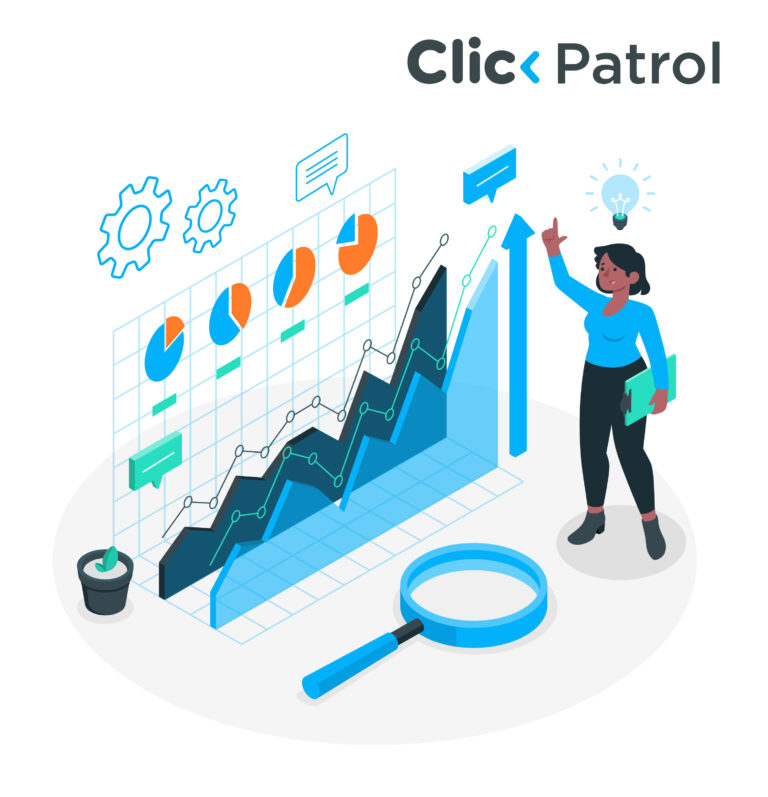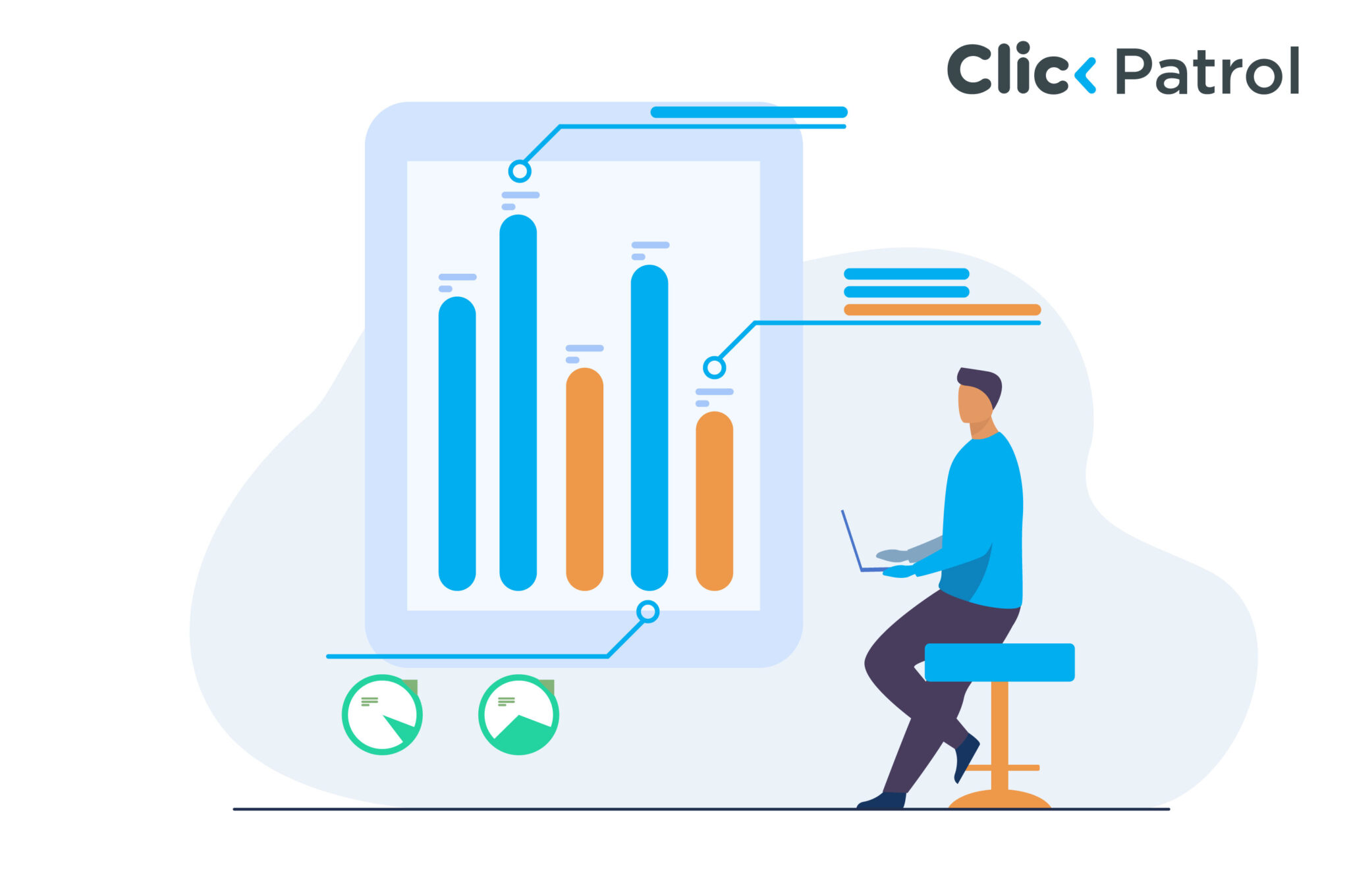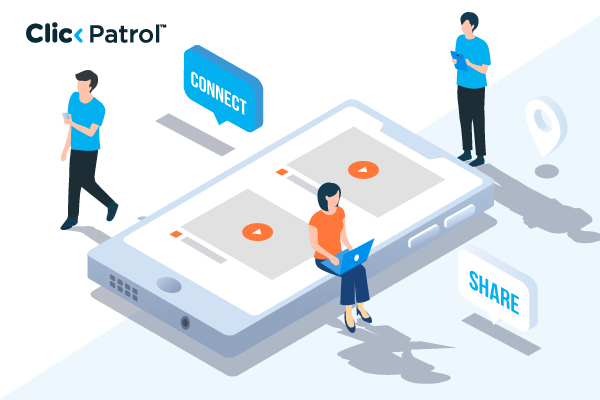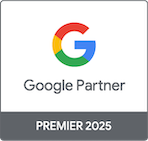
Enhanced cost-per-click (ECPC) in Google Ads: How it works and how to maximize your ROI
Abisola Tanzako | May 25, 2025

Table of Contents
Advertisers using ECPC report up to 20% improvement in conversion rates. Google Ads implements manual control with machine learning algorithms as its enhanced cost-per-click (ECPC) bidding strategy to deliver semi-automated conversion improvement.
ECPC strategies have emerged as essential tools for advertisers who need to compete effectively since online advertising spending is expected to exceed $870.4 billion worldwide by 2027, according to Statista.
This guide covers ECPC setup, benefits, limitations, and best practices.
What is enhanced cost-per-click (ECPC)?
Enhanced Cost-Per-Click (ECPC) is an innovative bidding approach within Google Ads that automatically adjusts manual bids based on the likelihood of a click leading to a conversion, such as a sale, lead, or other desired outcome, unlike entirely automated bidding approaches, such as Target CPA (Cost Per Acquisition) or Target ROAS (Return on Ad Spend), ECPC balances manual bidding control and Google’s machine learning capabilities.
How enhanced cost-per-click works: Step-by-step breakdown
ECPC’s bid strategy operates step by step with Google’s auction-time data and machine learning. A step-by-step description of the process is as follows:
1. Setting the foundations: Manual CPC and conversion tracking: ECPC is an extension of manual CPC bidding, where advertisers specify a maximum CPC for their ad groups or keywords. The effective performance of ECPC on Google Ads requires the activation of conversion tracking.
2. Measuring auction-time signals: Whenever an item of ad copy meets the qualification criteria to appear in an auction, ECPC evaluates various real-time signals to determine how likely a conversion will be.
For example, suppose a running shoe retailer observes that mobile phone users in urban areas are more likely to convert. They include:
- User demographics: Interests, gender, and age.
- Device type: Tablet, desktop, or mobile.
- Geographic location: From where the searcher is searching.
- Time of day: At which time the search occurs.
- Search context: Intent and query of the searcher.
3. Dynamic bid adjustments: ECPC adjusts the bid dynamically per auction according to its calculation. For example, when your maximum CPC is $2, ECPC might bid $3 for a high-potential click or $1 for a low-potential click.
- High-conversion probability: If Google expects a click to have a high chance of converting (e.g., a smartphone search by someone for “buy running shoes online”), ECPC can raise the bid above max CPC, even up to 100% or more, to attempt to push the ad to a maximum potential of winning the auction.
- Low-conversion probability: When a click is unlikely to convert (for example, a generic search like “shoes” by an individual with low intent), ECPC reduces the bid, for example, to $0, to prevent budget wastage.
4. Conversions or conversion value optimization: Ad buyers can choose whether ECPC is optimized for conversions (for example, quantity of leads or sales) or the value of conversions (for example, revenue from sales).
5. Ongoing learning and adjustment: ECPC utilizes a feedback loop to produce more accurate forecasts. It cross-compares the performance of optimized bids against a control group of unadjusted bids to validate that optimizations are effective.
Benefits of using ECPC
ECPC offers multiple benefits that attract advertisers to its system, particularly for businesses transitioning from traditional manual bidding to automated strategies. Here are the key benefits:
1. Increased conversion rates: The conversion rate of ECPC increases when the software directs bids toward users who have a higher chance of converting while keeping costs stable. According to a Statista report, the 2.35% global average conversion rate for PPC campaigns can be improved to higher levels through proper bidding techniques, such as ECPC, specifically targeting users with strong purchasing intentions.
2. Time-saving automation: Manually monitoring and modifying regular CPC bids proves time-consuming. ECPC performs automatic bid changes, allowing advertisers to dedicate their efforts to campaign aspects beyond ad creation and landing page improvement.
3. Balanced control and automation: The ECPC method allows advertisers to set their maximum CPC limits while utilizing Google’s machine learning capabilities. Its hybrid nature makes it perfect for businesses that need to experience digital automation before fully embracing automated systems.
4. Efficient budget allocation: Through ECPC, the wasted budget is minimized by lowering bids on low-value clicks, redirecting funding toward more valuable opportunities. The efficient budget management under ECPC helps businesses achieve better return on investment (ROI) when working with limited marketing budgets.
5. Flexibility across campaign types: ECPC operates effectively with all three campaign options: Display and Search Shopping. This allows businesses to maintain flexibility in achieving different advertising milestones, including lead generation and e-commerce transactions.
Limitations of ECPC
Certain negative aspects of ECPC’s effectiveness are also present. Knowing ECPC’s key shortcomings enables a critical assessment to determine its suitability for your marketing goals.
1. Dependence on conversion data: Accurate ECPC predictions require substantial historical conversion data. New campaigns and those driven by low conversion volume require sufficient data to accumulate before performing optimally.
2. Potential for higher costs: The potential growth in bid prices through ECPC generates higher ad expenditures, as increases must be closely monitored for high-value click destinations. Advertisers’ realistic budget planning helps prevent them from spending beyond their intended amounts.
3. Limited transparency: Google’s algorithm behind ECPC’s bid adjustments remains undisclosed, which makes it difficult for users to recognize the underlying factors behind their price changes.
4. Not ideal for all goals: ECPC works best for conversion-focused marketing, as it lacks click- and impression-driven brand awareness and advertising effectiveness.
5. Impending deprecation: Search and Display campaigns using ECPC will become unavailable starting from March 31, 2025.
How to set up ECPC in Google Ads
ECPC is simple, but proper configuration is essential to success. Just follow these steps:
- Enable conversion tracking: Set up conversion tracking in Google Ads to track desired actions (e.g., purchases, form submissions).
- To access campaign settings, sign in to your Google Ads account, go to the target campaign, and click the “Settings” tab.
- Select manual CPC: Under “Bidding,” select “Manual CPC” as your bidding strategy and tick the box for “Enhanced CPC.”
- Select manual CPC: In the Manual CPC section under Bidding, choose Manual CPC and then enable the Enhanced CPC feature.
- Set maximum CPC and budget: Your advertising strategy should include setting both your maximum CPC values and daily budget limits.
Best practices for using ECPC
To achieve optimum results from ECPC, implement the following best practices:
- Start with manual CPC: Using Manual CPC to gather conversion data before enabling ECPC.
- Split campaigns: Break up campaigns into more targeted ad groups to improve ECPC’s ability to target high-potential clicks.
- Utilize negative keywords: This prevents ads from appearing on irrelevant searches, reducing wasteful spending and improving click quality.
- Test and experiment: Run A/B tests between ECPC and Manual CPC or other bidding strategies.
Is ECPC still worth using in 2025?
No, enhanced cost-per-click (eCPC) is not worth using in 2025, because it is being officially retired. According to Google’s recent update, all existing eCPC campaigns will be automatically migrated to Manual CPC by March 2025. Starting October 2024, advertisers will no longer be able to select eCPC as a bidding option.
If you prefer to maintain control over your bidding strategy, Manual CPC is the alternative that will still be available. It allows you to set your bids manually, which is helpful if you want tighter control over ad spend and performance without relying on automation.
Options like Maximize Conversions, Target CPA, Maximize Conversion Value, and Target ROAS use machine learning and real-time signals to automatically optimize bids and deliver better results, especially for campaigns with enough historical data.
Maximizing ROI with ECPC
Advertisers seeking to maximize conversions through bid control can effectively achieve this goal with the Enhanced Cost-Per-Click (ECPC) bidding strategy.
Integrating manual CPC with Google machine learning in ECPC accomplishes automatic bid selection for high-potential clicks, thus achieving both cost-effectiveness and flexibility.
ECPC continues to serve as a crucial bidding method for contemporary advertising and provides valuable insights into potential directions for hybrid bid strategies, even after its scheduled retirement in March 2025.
Businesses that learn to implement ECPC strategies will secure competitive advantages because global digital ad spending is expected to increase yearly by 11.1% in 2027.
FAQs
Q.1 How does ECPC differ from Manual CPC?
Manual CPC requires you to manually set and adjust bids, while ECPC automatically adjusts bids to drive maximum conversions.
Q. 2 How much can ECPC increase bids?
ECPC can increase bids up to 100% or more for clicks with a high probability of conversion. Watch budgets to control costs.
Q.3 Is ECPC ideal for new campaigns?
ECPC works best with at least 20 conversions. New campaigns may not work optimally until enough data has been accumulated.





